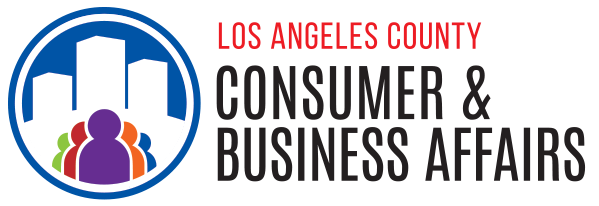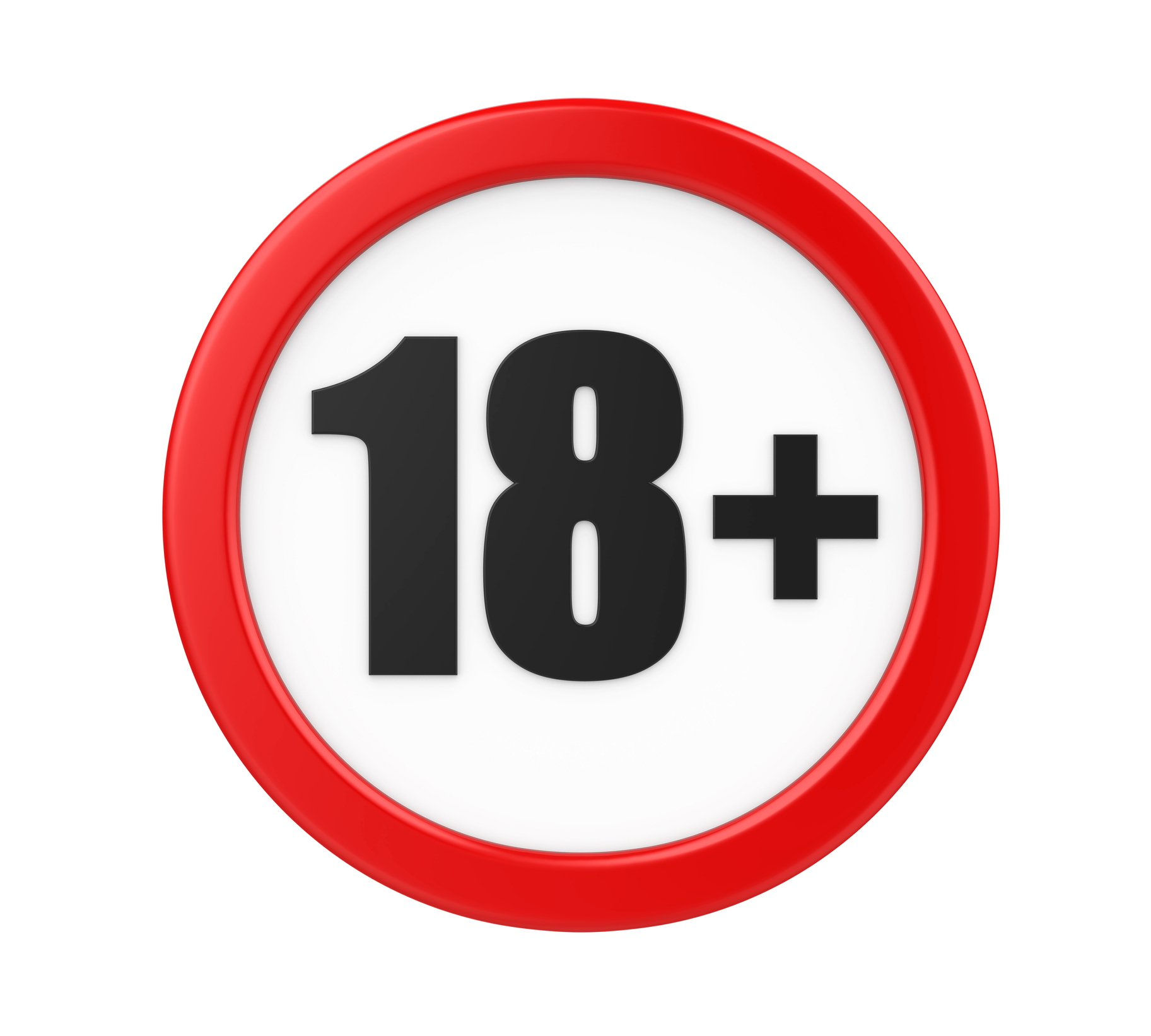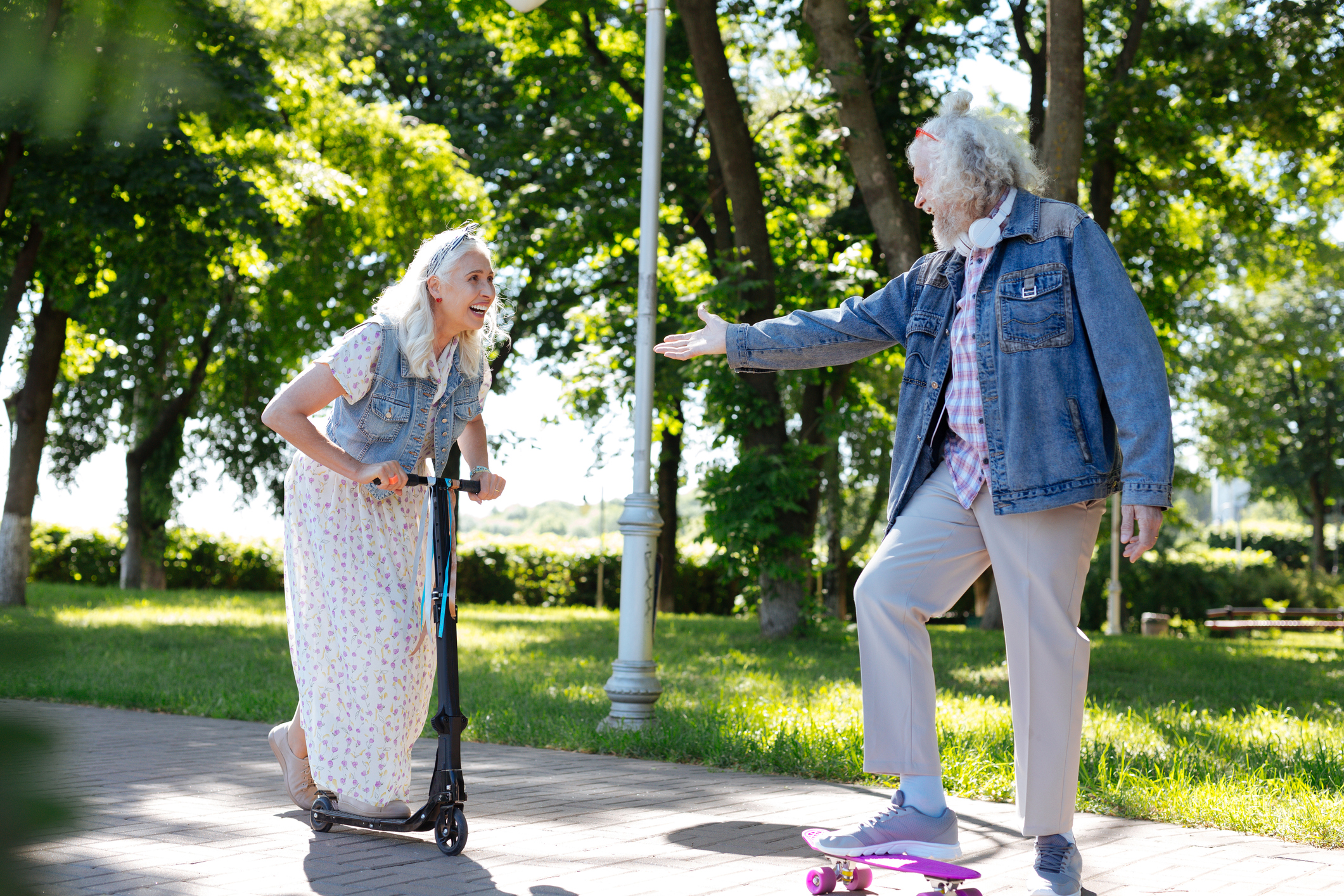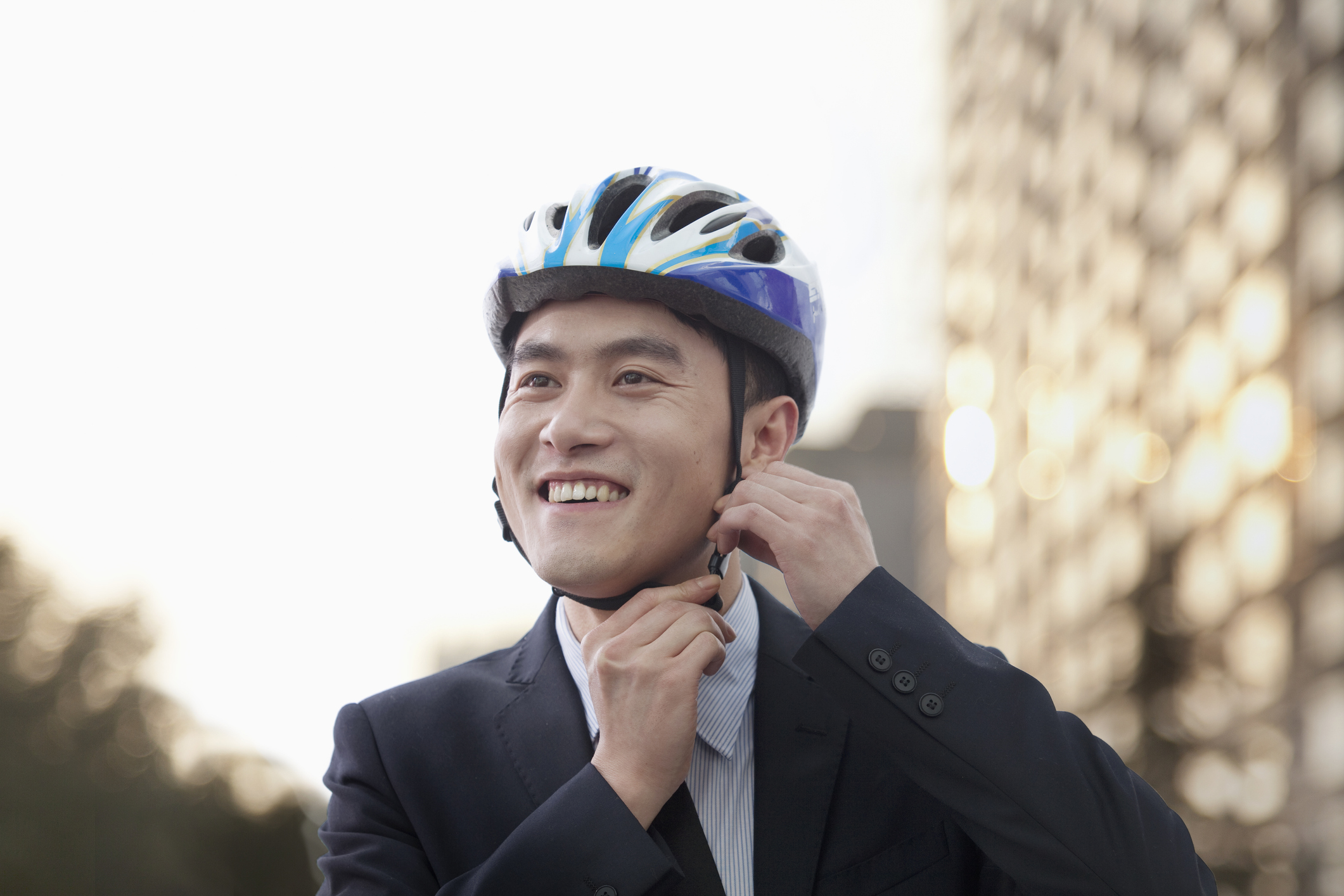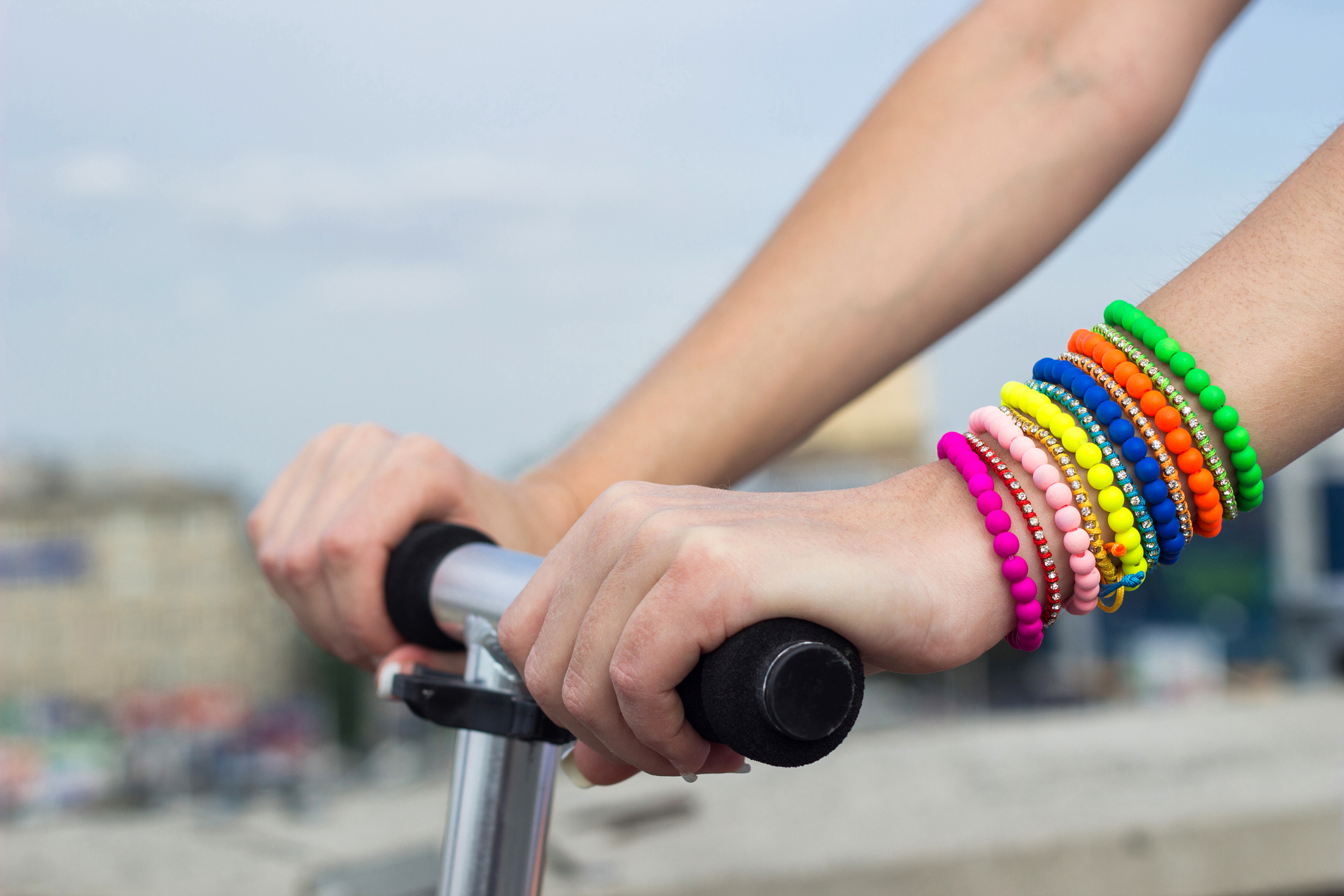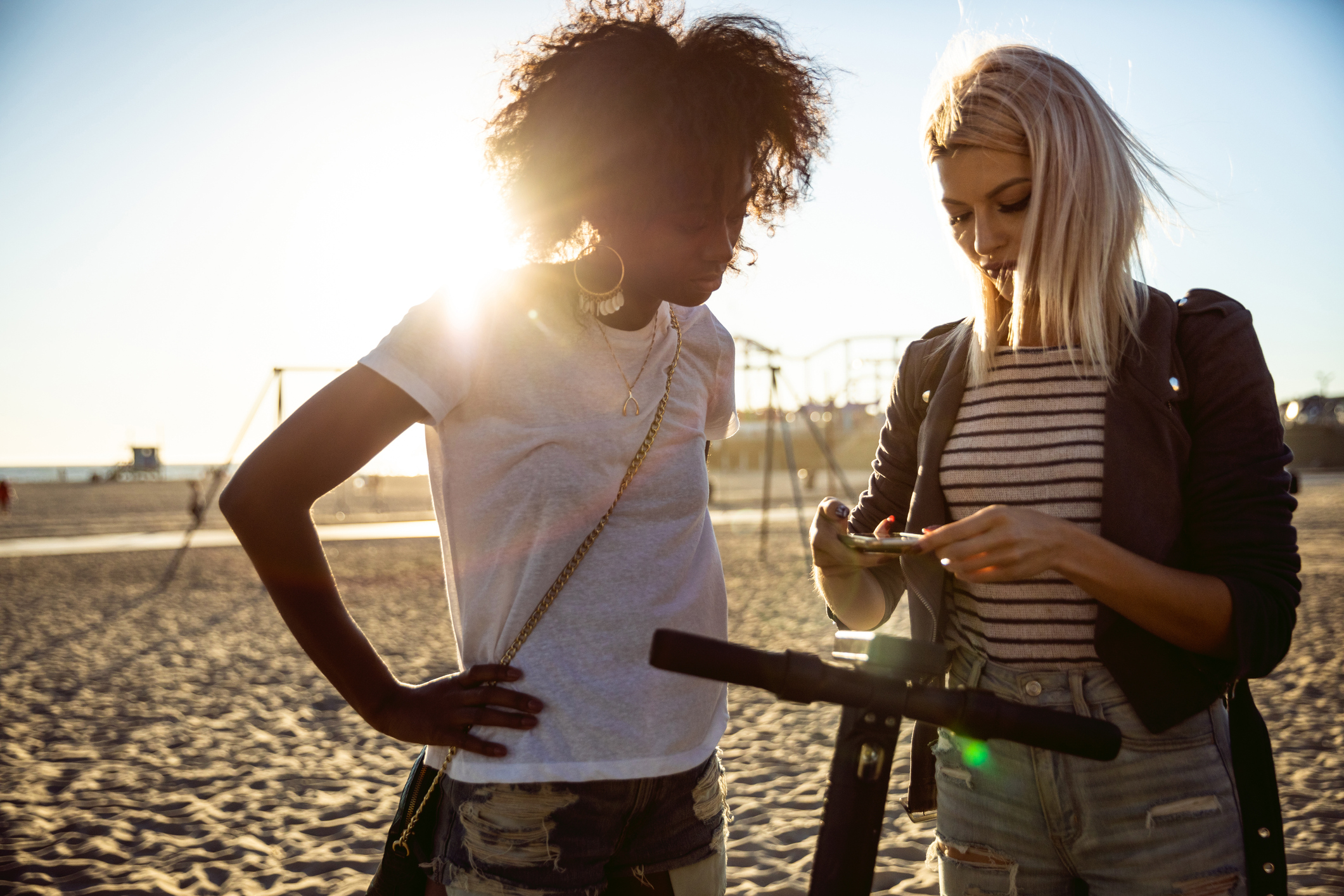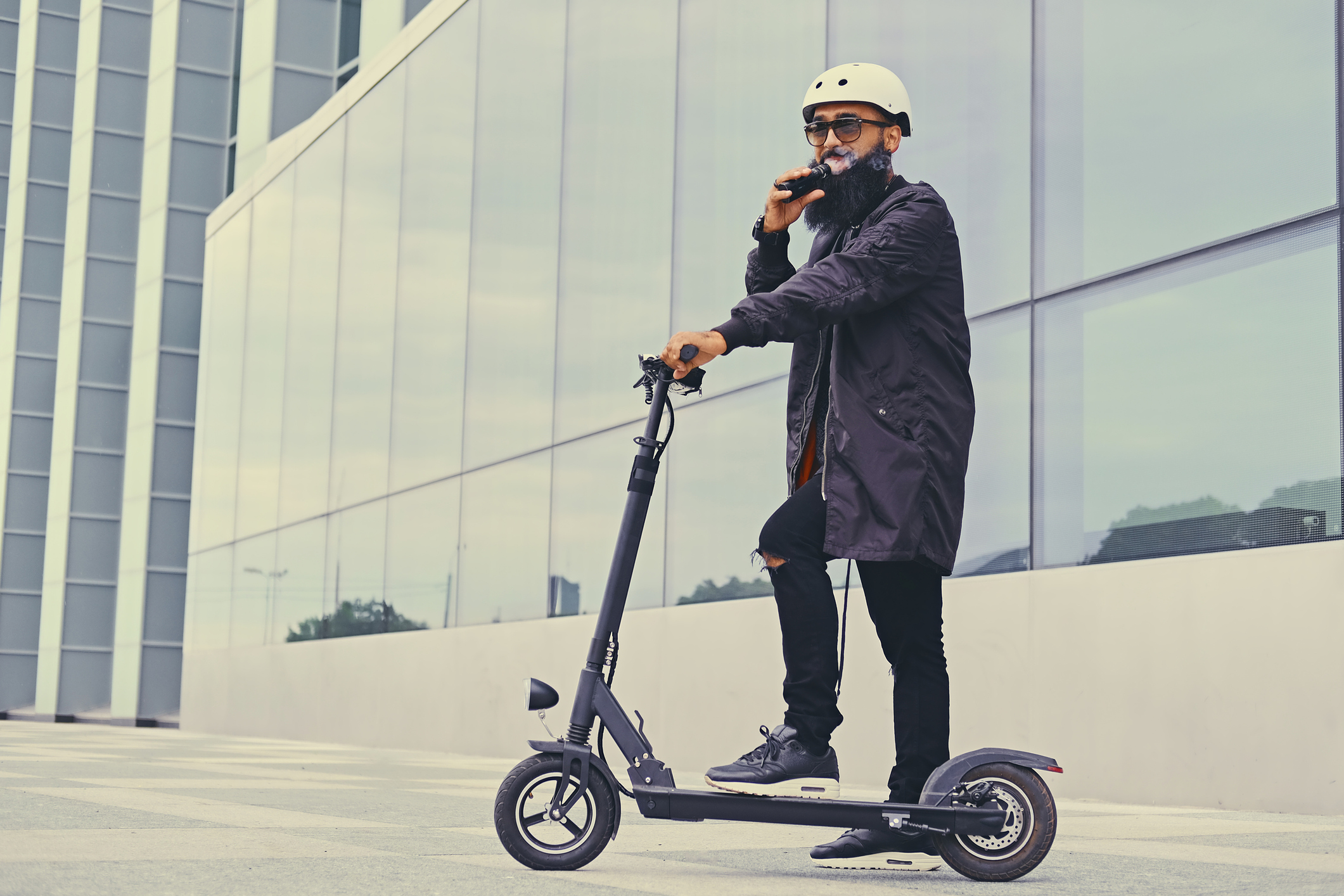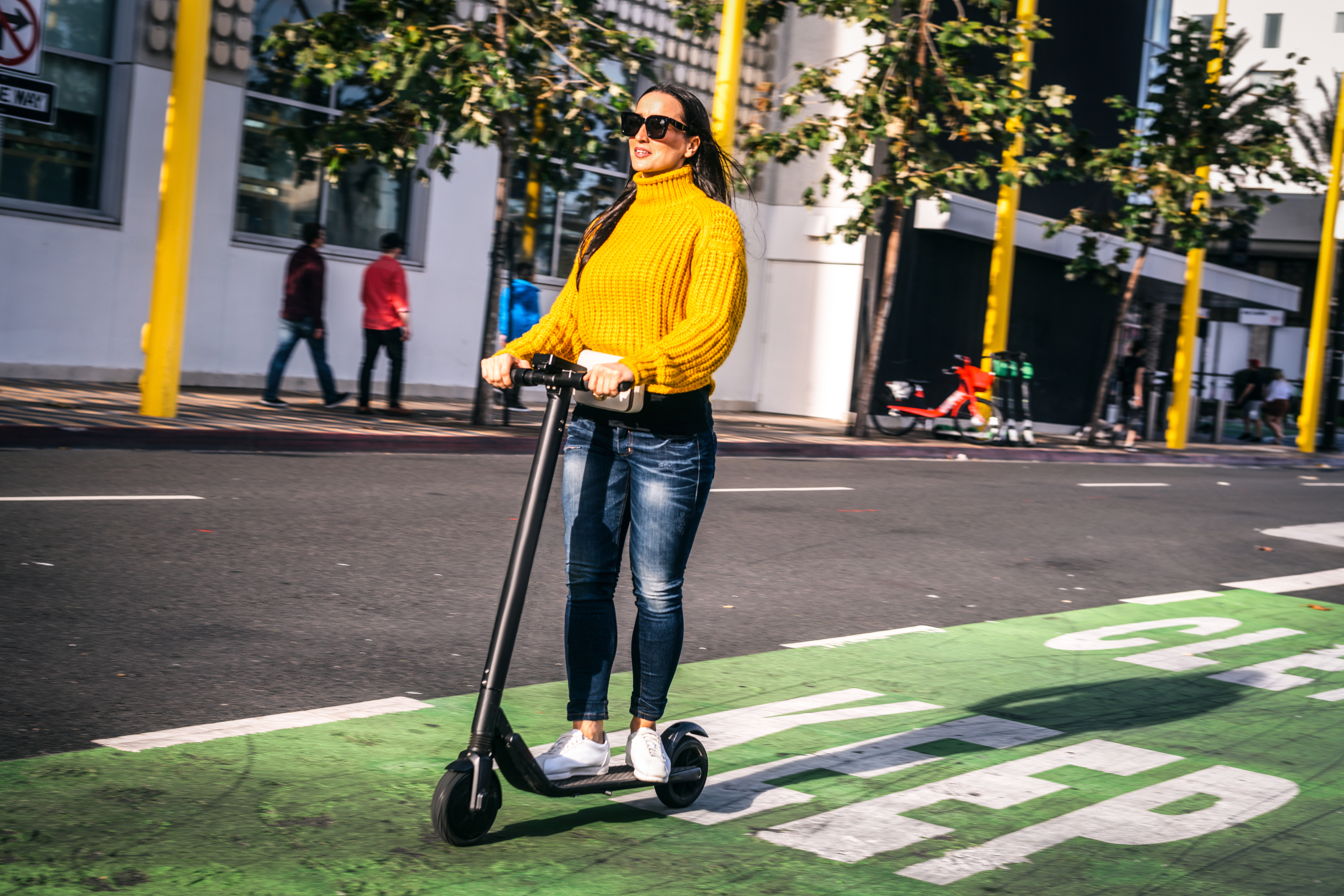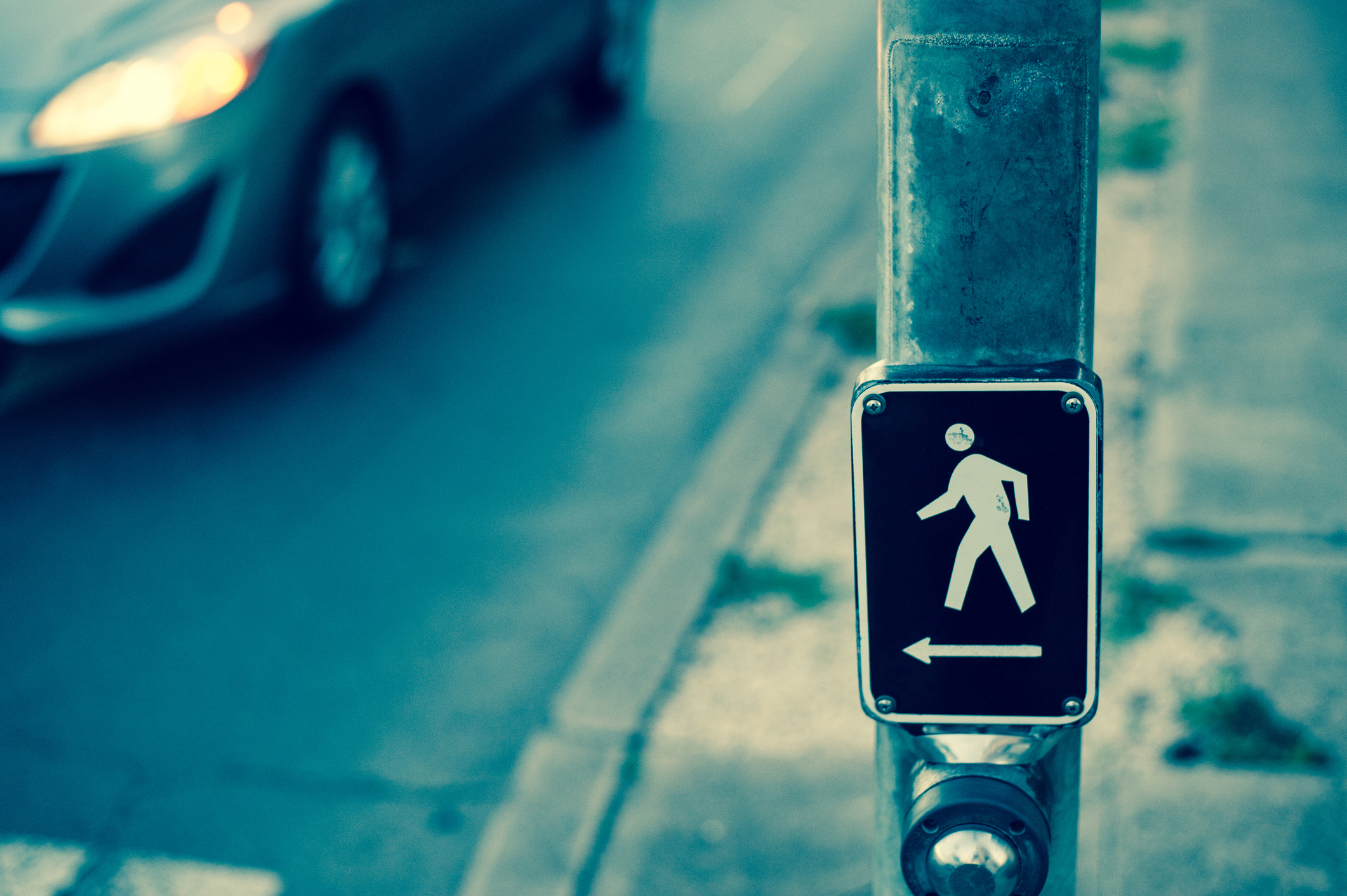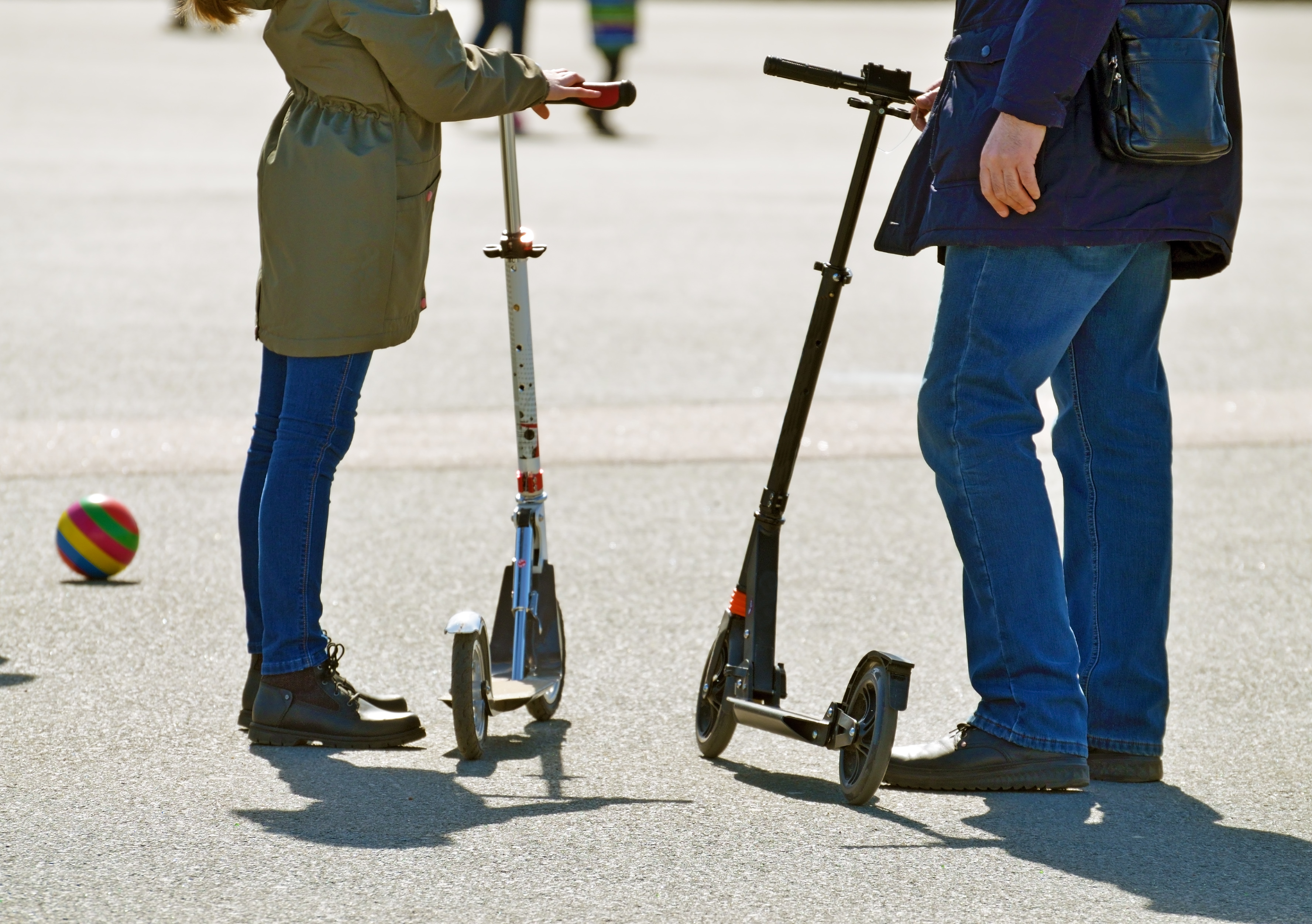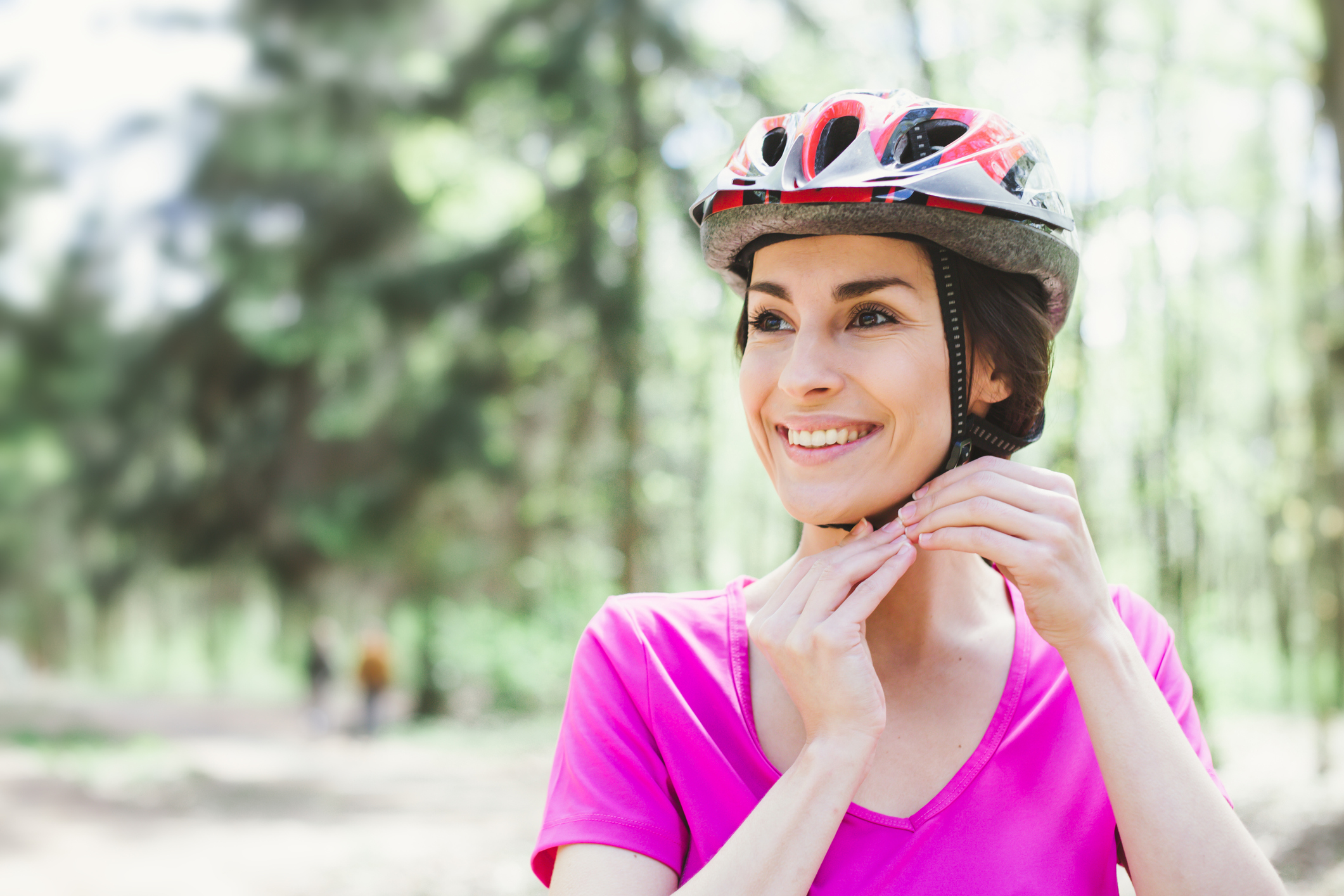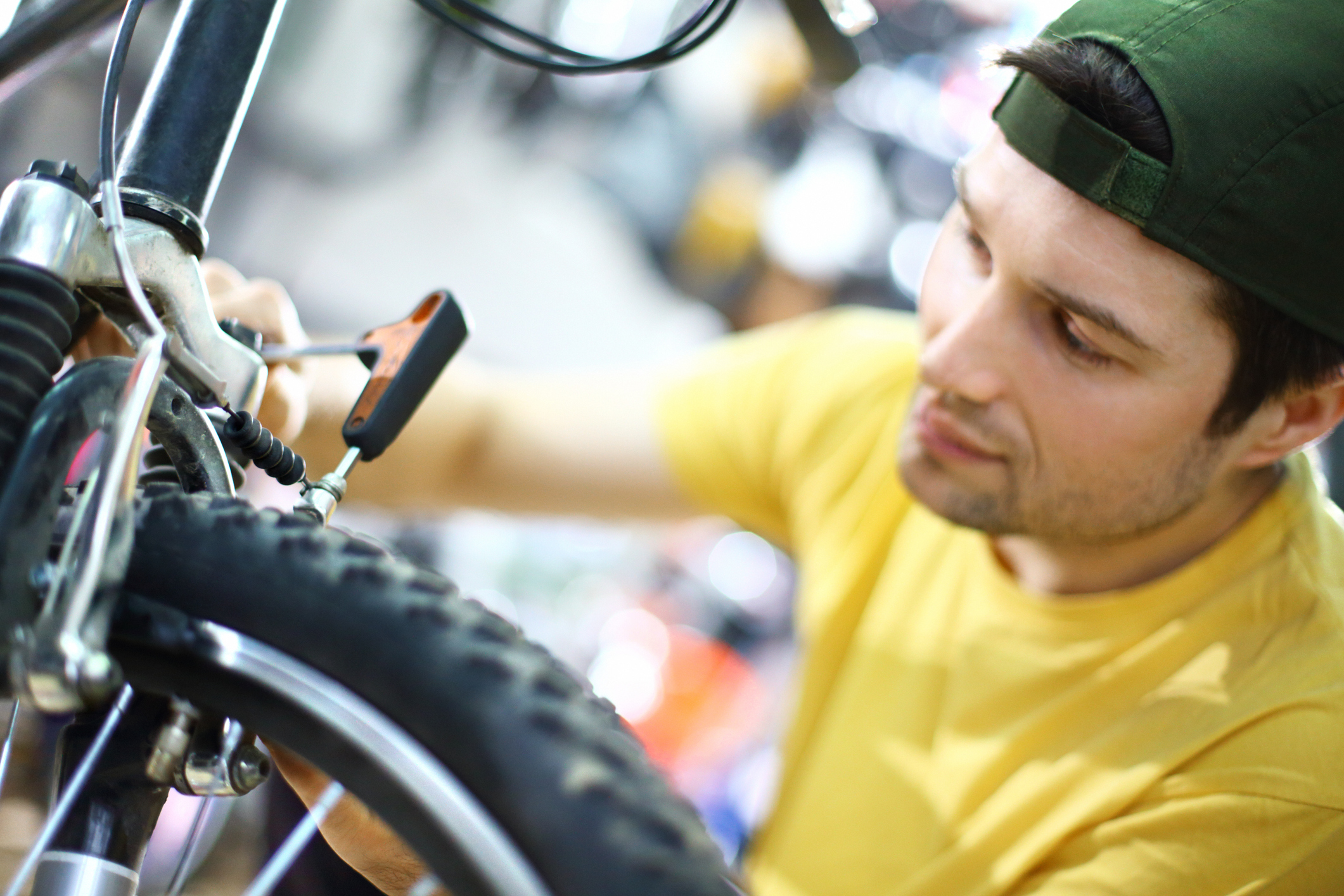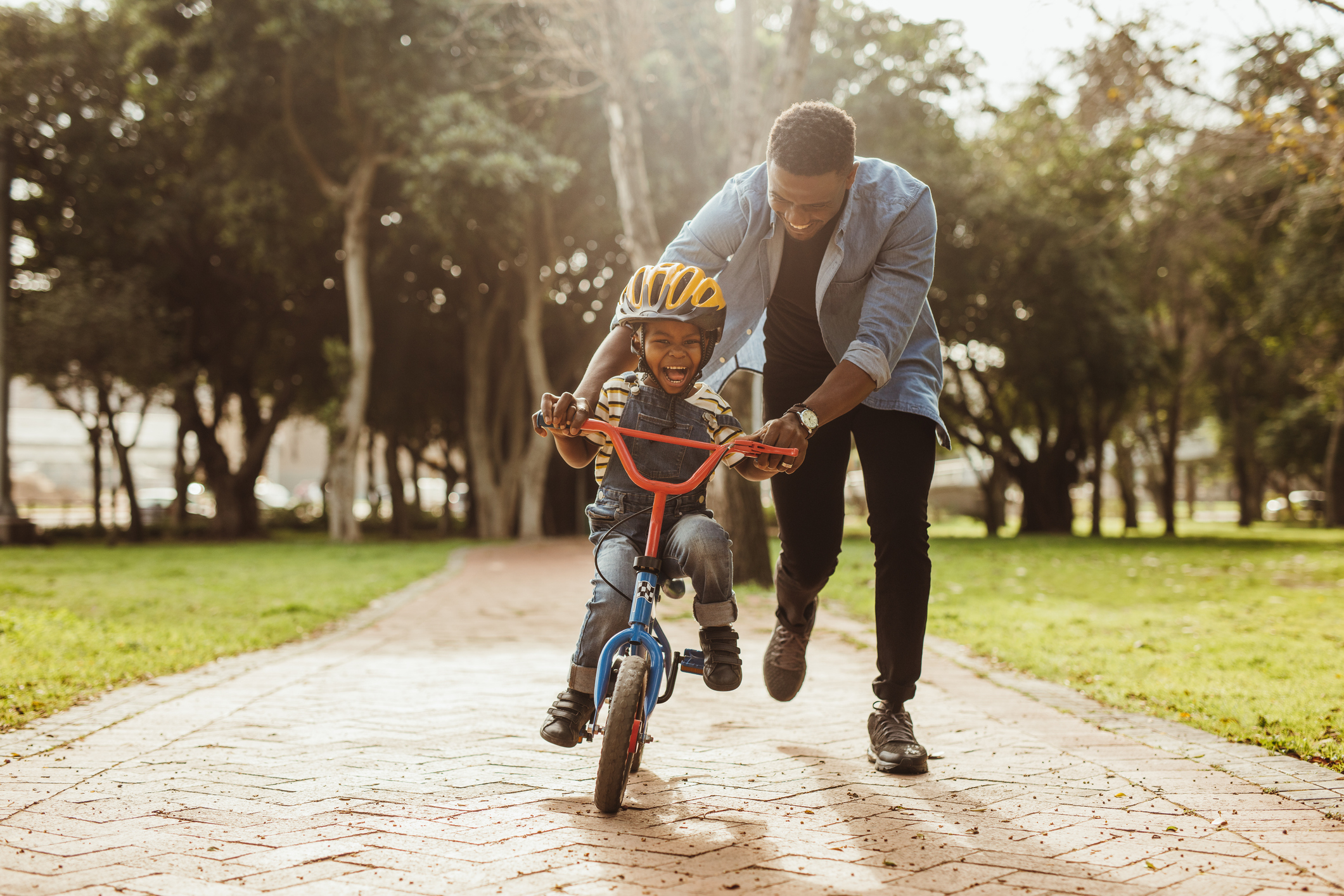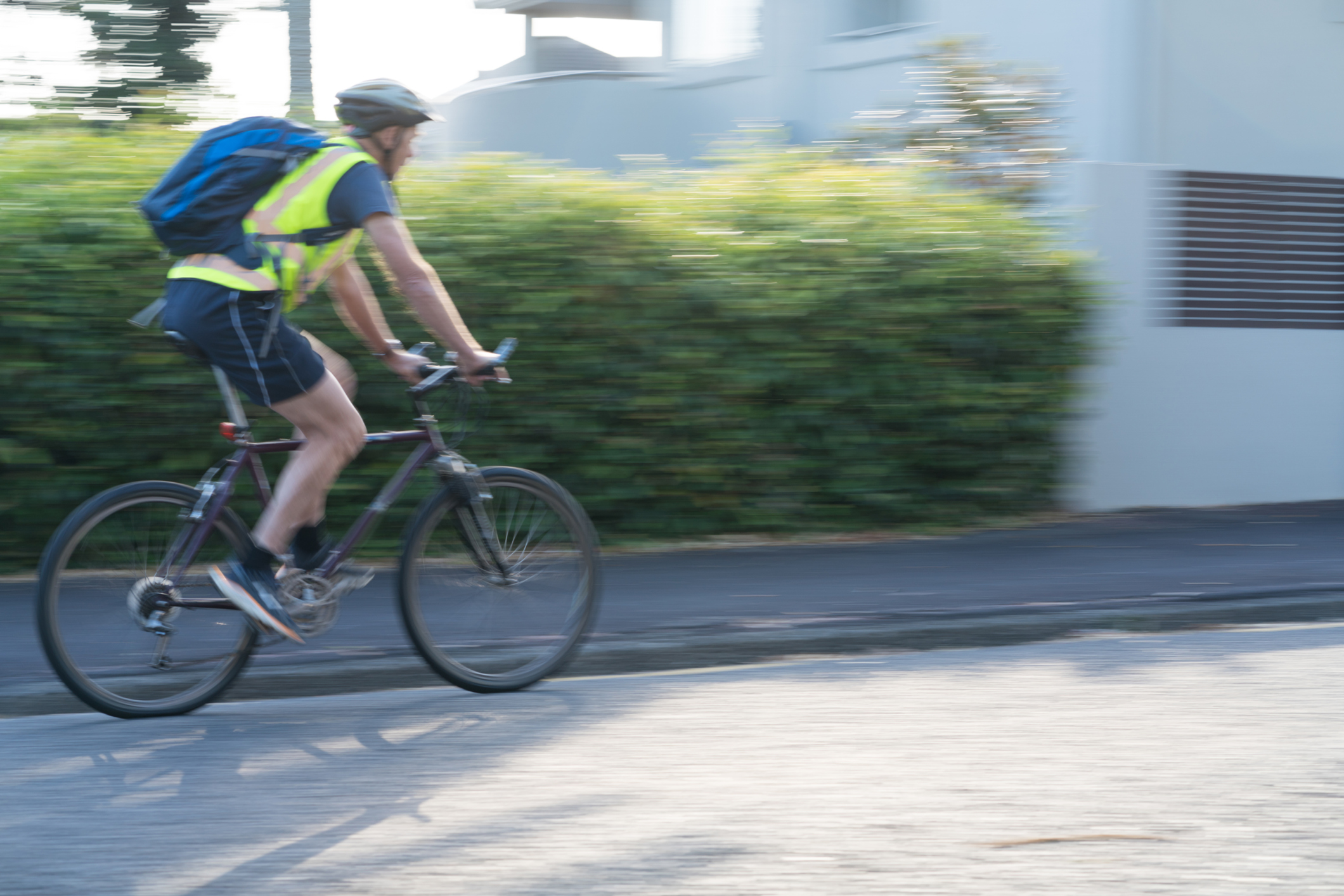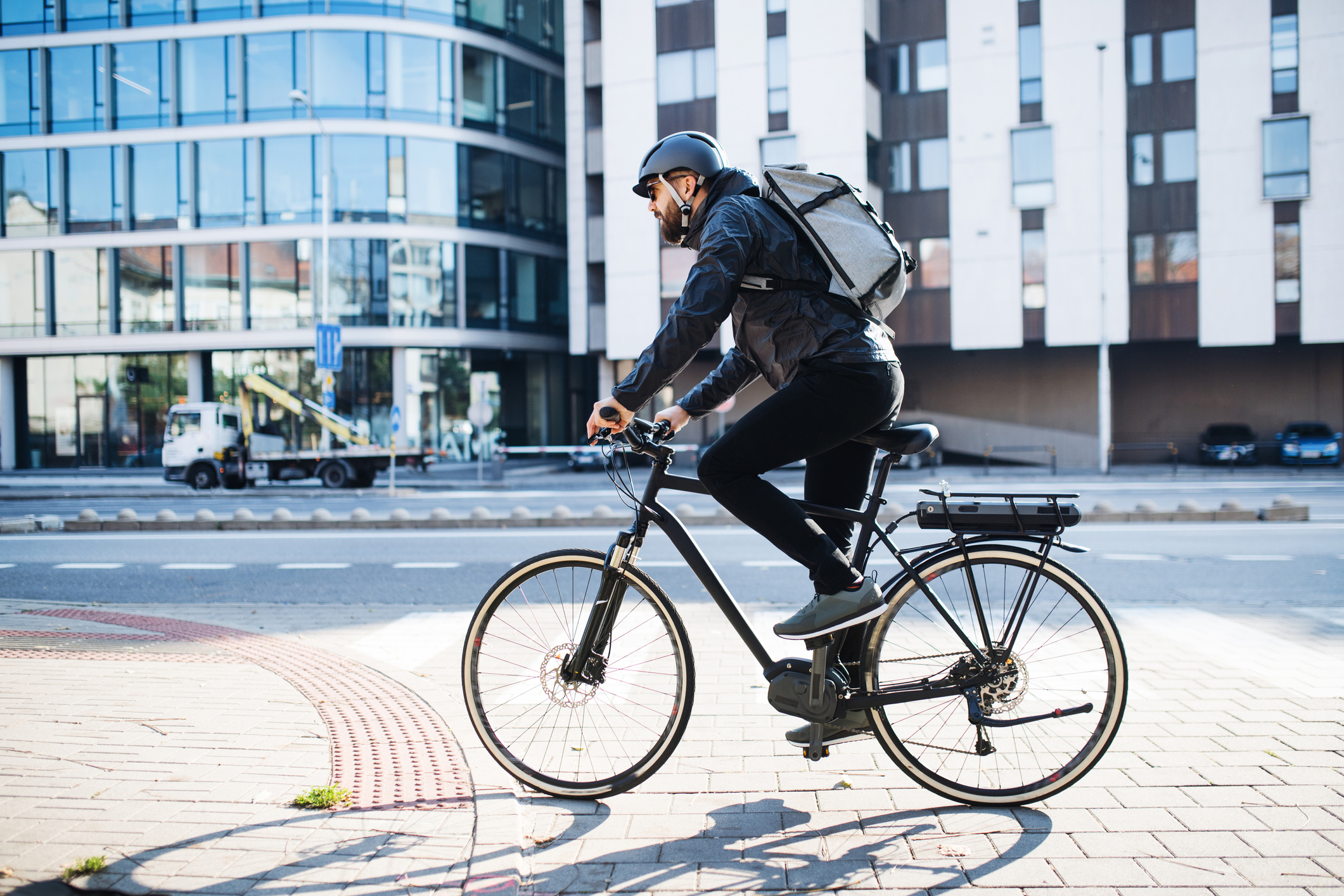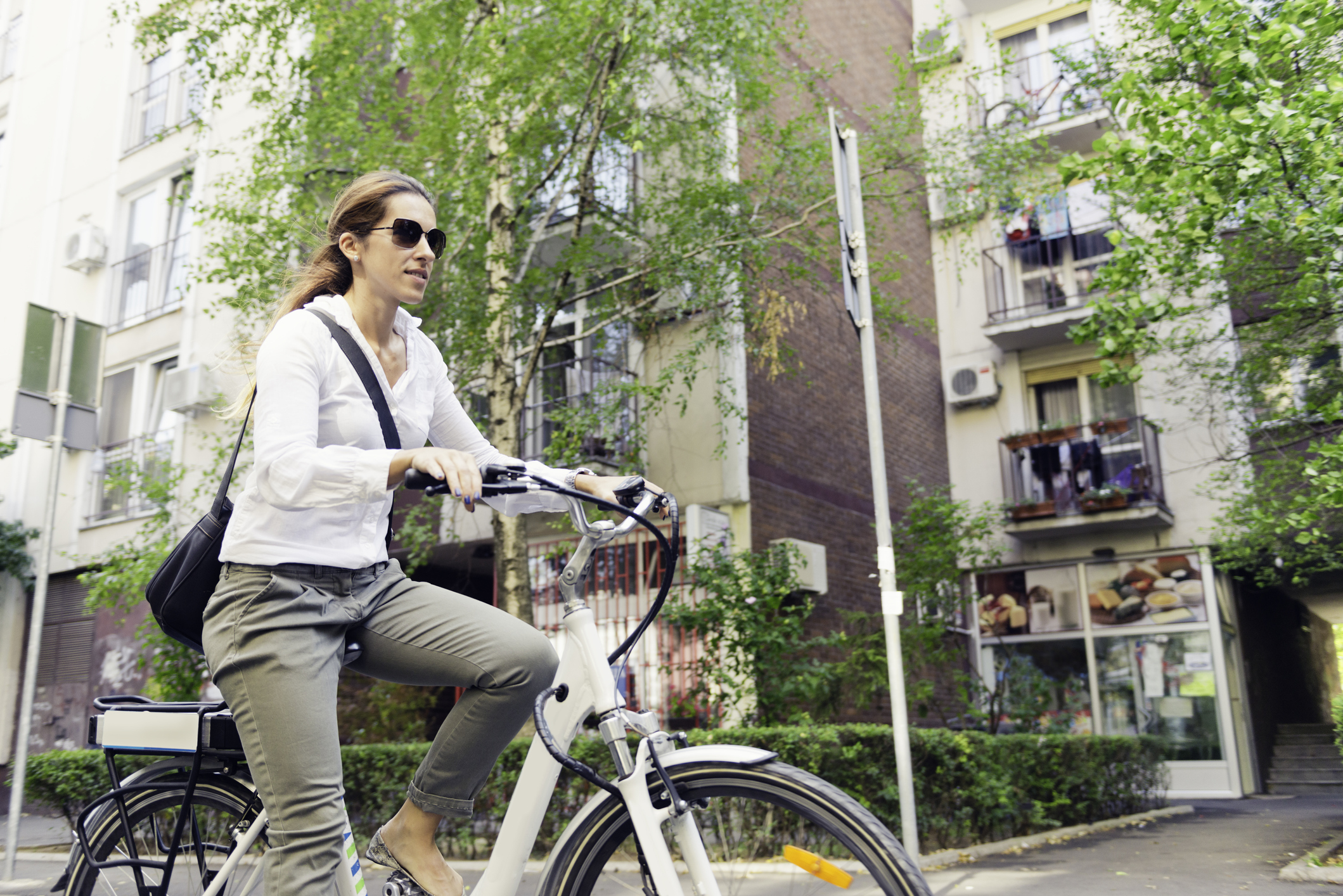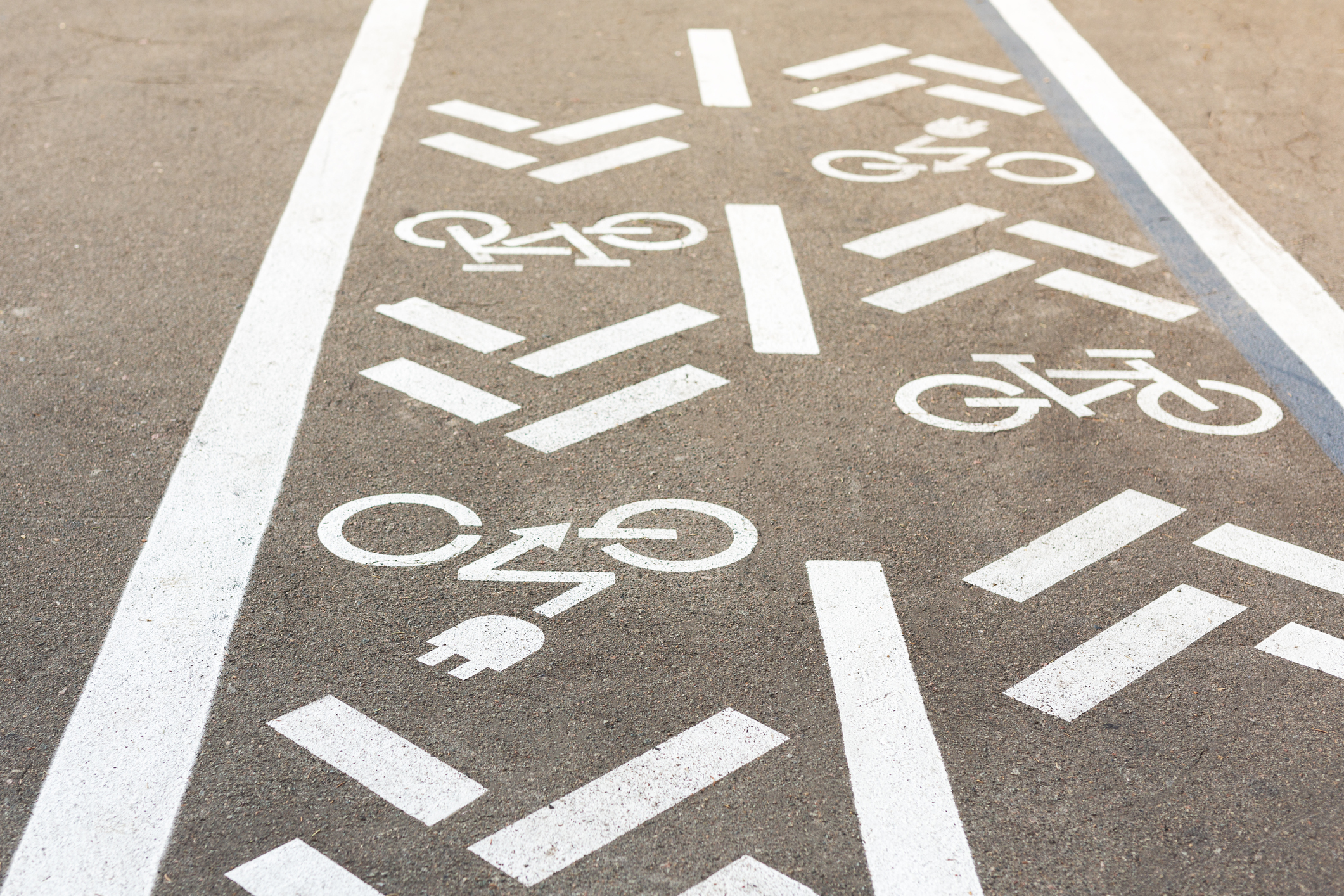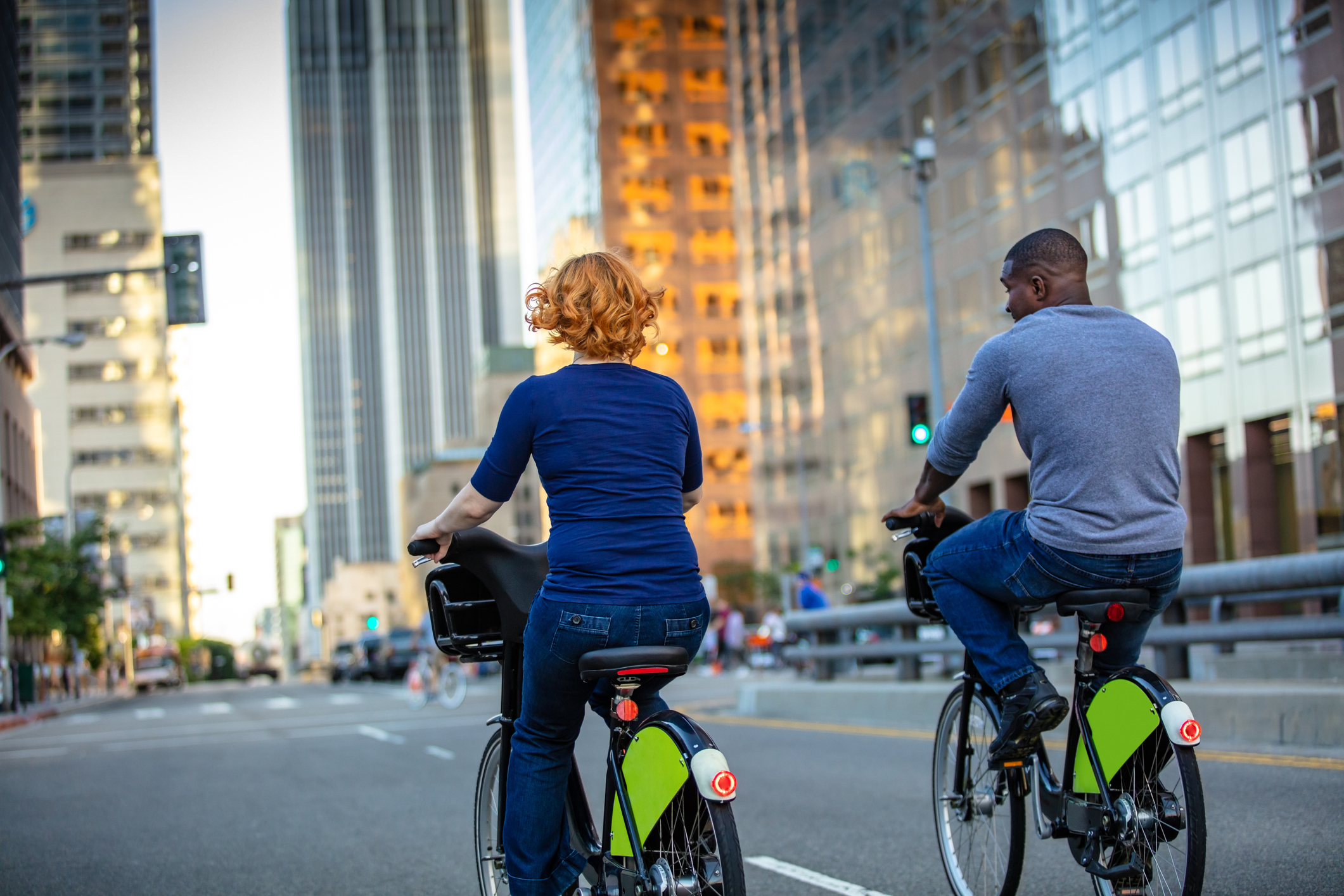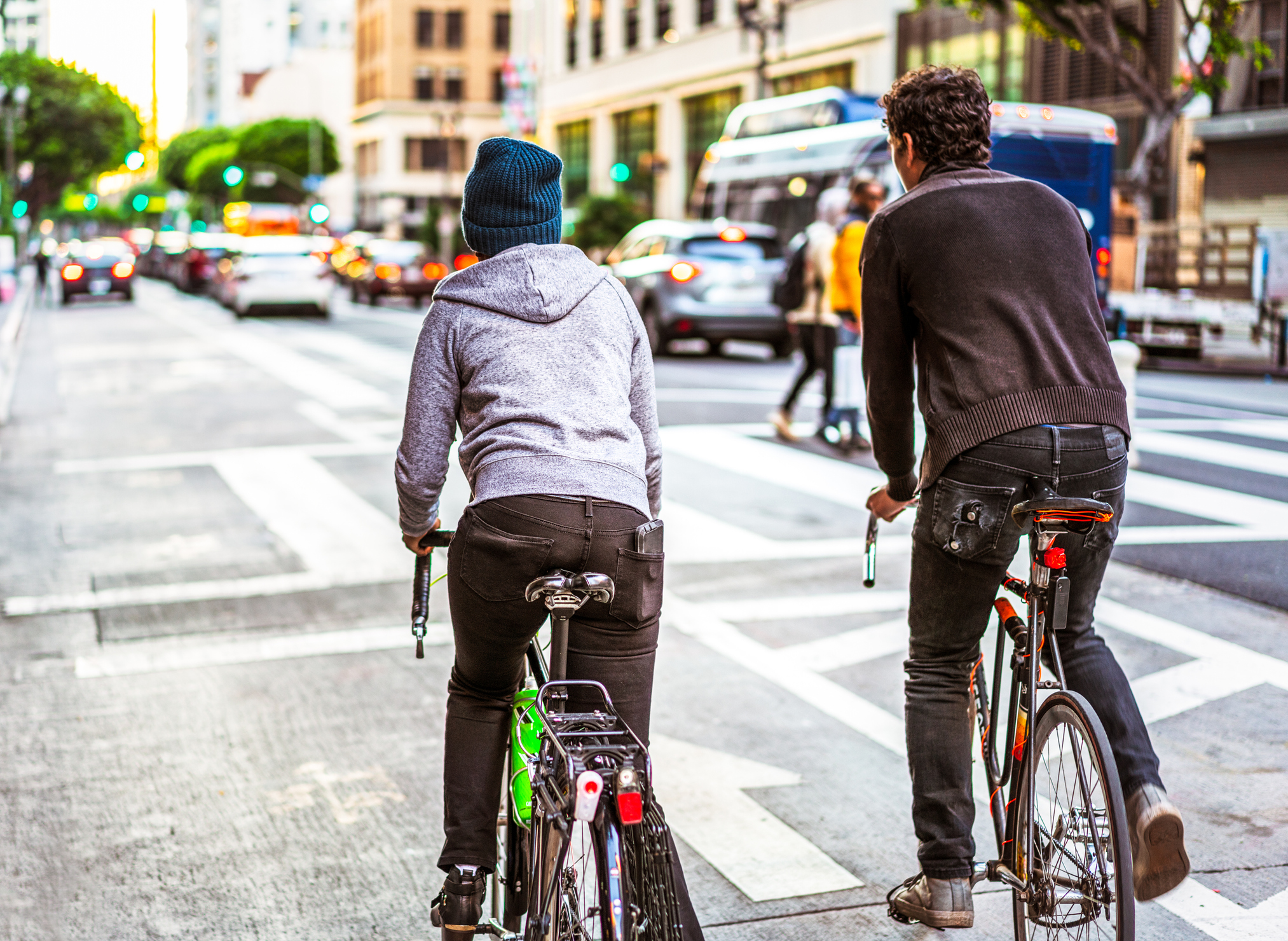Staying Safe While Riding in Los Angeles County
The same rules for helmet and rider safety apply to all modes of personal transportation – including skateboards, roller skates, rollerblades, bicycles, and scooters.
Report Safety Issues – If you see something, say something. If you see debris in the bike lane, blocked lanes, or other safety hazards, let the County know by calling (800) 675-HELP. If there’s something wrong with your bike/scooter, stop riding and report the problem to the rental company.

Age guidelines
Shared Electric Scooters are for riders aged 18+ ONLY.
Practice before you ride.
Find a safe place to practice before you ride for the first time. The practice place should have little to no car traffic.
Don’t ride on the sidewalk and go with the flow.
Ride in the bike lane, if available. If riding in the street, ride as far to the right as you can. Go with the flow. Always ride in the direction of traffic.
Wear a helmet that fits properly EVERY time you ride.
A properly fitted helmet is the best way to prevent death and serious injuries in crashes.
Adjust the scooter for your body.
Scooter handlebars should be around the height of your waist when standing on the deck.
Make sure the scooter is in good condition.
Before riding, check that brakes are working and tires are properly inflated. If you’re riding at night, make sure you have a light on the front and a red rear reflector on the back.
Stay focused, sober, and alert.
Stay aware of the traffic around you, watch for obstacles in your path, and avoid gravel, potholes, cracks, and other hazards that could make you fall. Remember, alcohol and drugs will impair your ability to scoot safely and stay alert, just like driving.
Be visible, predictable, and ride in single file.
Help drivers know what you are about to do. Signal before changing lanes or before making a turn by raising and pointing your arms in the direction you intend to go. Ride straight and do not swerve in and out of traffic. Ride in single file. This will help vehicles navigate safely around you and the people you are riding with. Be visible. Wear bright-colored clothes in the daytime and light-colored or reflective clothing at night; and don’t ride where it’s dark or poorly lit unless your bike has a front light and rear reflector.
Obey all traffic laws, watch for pedestrians, and keep your eyes and ears open.
All the rules of the road apply to scooters, too - obey traffic signs, signals, and lane markings. Slow down and/or stop when you approach pedestrians. Dismount in crosswalks and walk your scooter across the street. Give pedestrians priority. Keep your eyes and ears open. Put away your phone while riding, and never wear headphones that cover both ears or earplugs in both ears (except hearing aids).
Don’t carry anyone else and park responsibly.
Scooters should always be ridden alone; and could tip over if someone else rides with you! Park responsibly. When you’re done with your ride, be
considerate and park the scooter where it won’t block the sidewalk, building entrances, or ADA ramps.
considerate and park the scooter where it won’t block the sidewalk, building entrances, or ADA ramps.

Protect your head.
Wear a helmet that fits properly EVERY time you ride. A properly fitted helmet is the best way to prevent death and serious injuries in crashes. If you’re under 18, it’s the law.
Adjust the bike for your body and don't carry anyone else.
Change the seat height—with your foot on the pedal, your fully extended leg should have a slight bend. Don’t carry anyone else. A bicycle with one seat is a bicycle for one person.
Under 10? Supervision may be needed.
Young children should NOT ride at night or in the street unsupervised. Young children riding on the sidewalk should ride slowly and be prepared to stop quickly, especially at driveways and intersections.
Be visible and go with the flow.
Wear bright-colored clothes in the daytime and light-colored or reflective clothing at night; and don’t ride where it’s dark or poorly lit unless your bike has a front light and rear reflector. Go with the flow. Always ride in the direction of traffic.
Make sure the bike is in good condition.
Before riding, check that brakes are working and tires are properly inflated. If you’re riding at night, make sure you have a light on the front and a red reflector on the back.
Stay focused, sober, and alert.
Stay aware of the traffic around you, watch for obstacles in your path, and avoid gravel, potholes, cracks, and other hazards that could make you fall. Remember, alcohol and drugs will impair your ability to ride safely and stay alert, just like driving.
Obey all traffic laws and don’t ride on the sidewalk, unless you’re under 10.
All the rules of the road apply to bicyclists, too - obey traffic signs, signals, and lane markings. Ride in the bike lane, if one is available. If riding in the street, ride as far to the right as you can. If you’re on a bike and the lane is narrow, it may be safer to “take” the lane by riding in the middle, rather than “share” the lane with a vehicle. Watch out for pedestrians. Slow down and/or stop when you approach pedestrians. Dismount in crosswalks and walk your bike across the street. Give pedestrians priority.
Be predictable and ride in a single file.
Help drivers know what you are about to do. Signal before changing lanes or before making a turn by raising and pointing your arms in the direction you intend to go. Ride straight and do not swerve in and out of traffic. Ride in single file. This will help vehicles navigate safely around you and the people you are riding with.
Keep your eyes and ears open.
Put away your phone while riding, and never wear headphones that cover both ears or earplugs in both ears (except hearing aids).
New at this? Take a bike riding class!
Ask your local bike coalition or nearest bike shop for resources: la-bike.org
